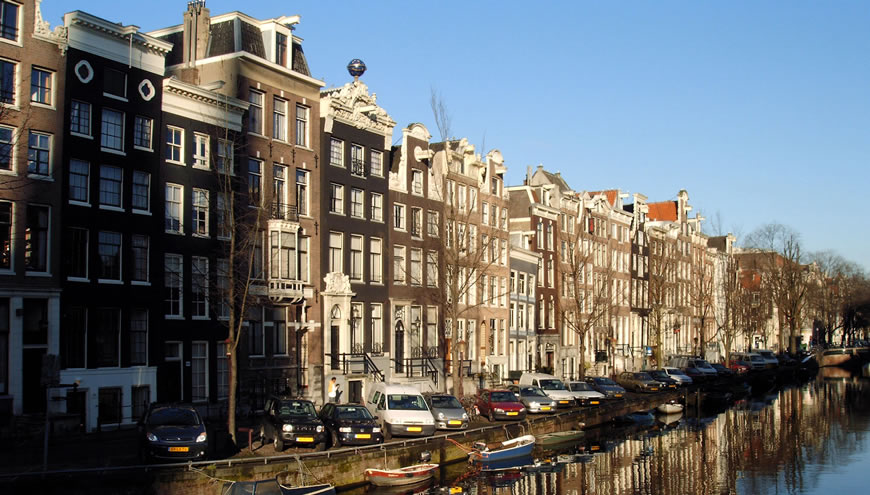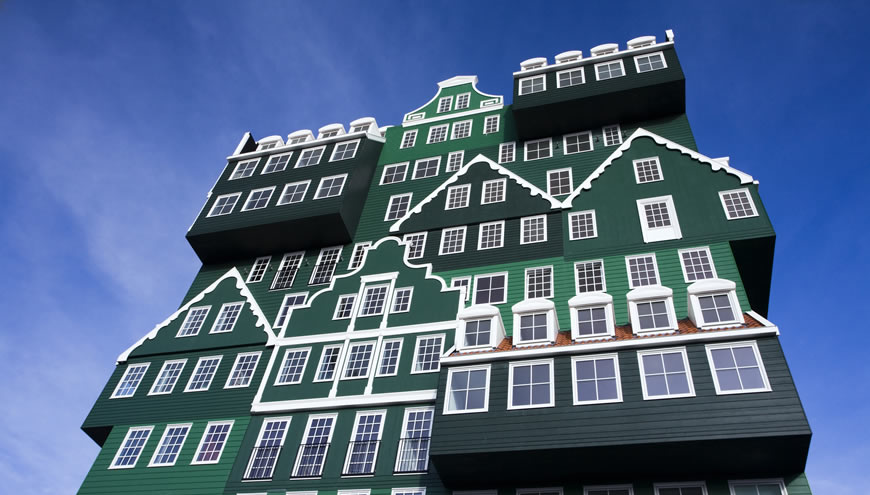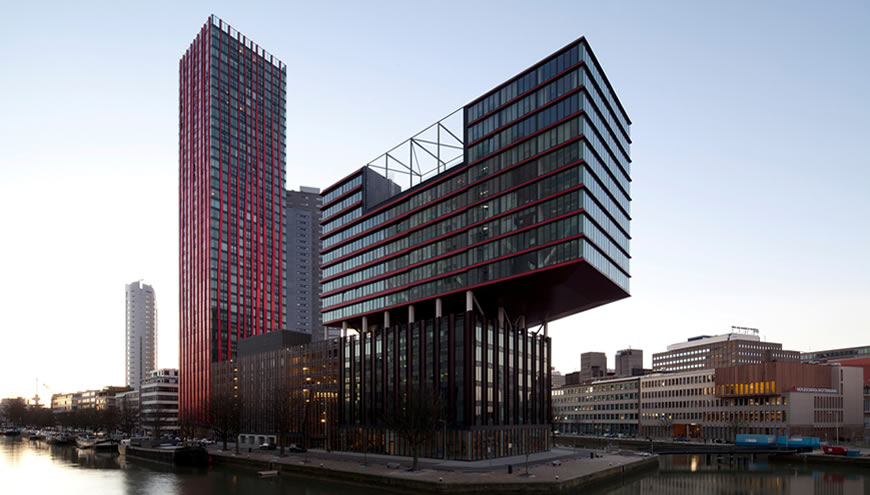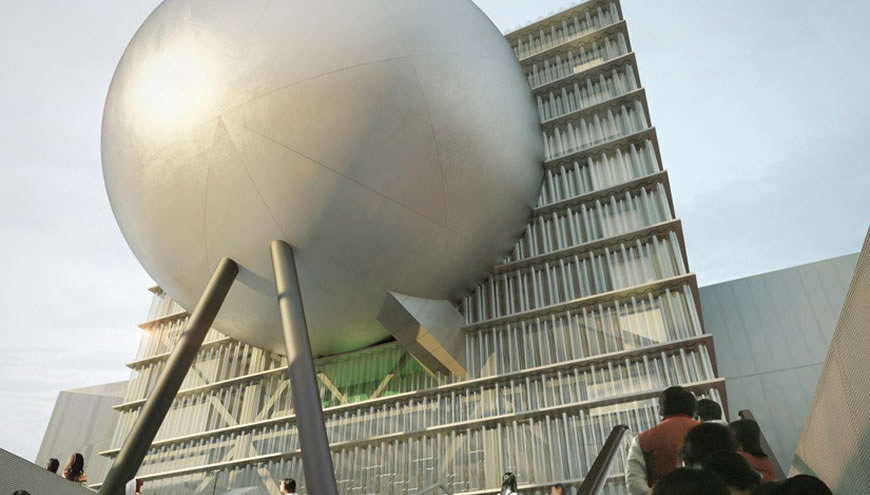About the Netherlands
Dutch Builders
Architecture from the Low Countries
For centuries, the Dutch have made their mark on the international architectural scene with designs that were both practical and aesthetically pleasing. Even in Taiwan, you can find contemporary Dutch architecture: the new Taipei Performing Arts Center and the National Kaohsiung Center for the Arts are two great examples that showcase the Dutch design mentality.
the golden age
The Dutch are primarily known for building their own country by reclaiming land from the surrounding seas, but Holland is also world-famous for its 17th century architecture. During that “Golden Age”, the thriving economy drove a great expansion of the traditional merchant cities of Delft, Leiden and Amsterdam. Many new canals were dug throughout the towns for defense and transportation, and wealthy traders built their houses right on the waterfront: narrow and deep buildings that made optimal use of the limited and expensive real estate, with characteristic hoist beams for loading and unloading goods, and ornamented façades that flaunted the rich owners’ status to the world. Hundreds of years later these iconic images of gabled merchant houses are still used for decorations , from traditional cookies and candy to ceramic gin bottles and even kitchen tiles.
bold lines
But arguably the greatest development in Dutch architecture happened during the 20th century, when Dutch architects played a leading role in the international development of modern architecture. During the 1920s, many separate groups created their own views on modern architecture. No longer content with the old-fashioned ornamental styles, these bright new builders set out to redefine architecture as a social force, a solution to urban living and a new art form in itself. Expressionism and functionalism merged with large-scale urban planning to completely re-shape Holland’s largest cities, such as Amsterdam and Rotterdam.
global relevance
Even in the 21st century, Dutch architecture continues to play a leading role on the world stage. Many contemporary Dutch architects have achieved global prestige with their uniquely practical and humanist approach to building and designing. A good example is OMA’s new Center for the Performing Arts in the Shilin District of Taipei. At first glance, this clustered group of several theatres poised on stilt-like legs looks as if a massive robot accidentally landed in Taiwan’s capital instead of the red plains of Mars, but a closer look at the intricate design reveals a revolutionary way to look at performance spaces. This building exemplifies the core values that drives so much of contemporary Dutch design. It is eager to explores the realm beyond the functional, and actively invite users and casual visitors alike to push past their boundaries in order to discover new perspectives.





